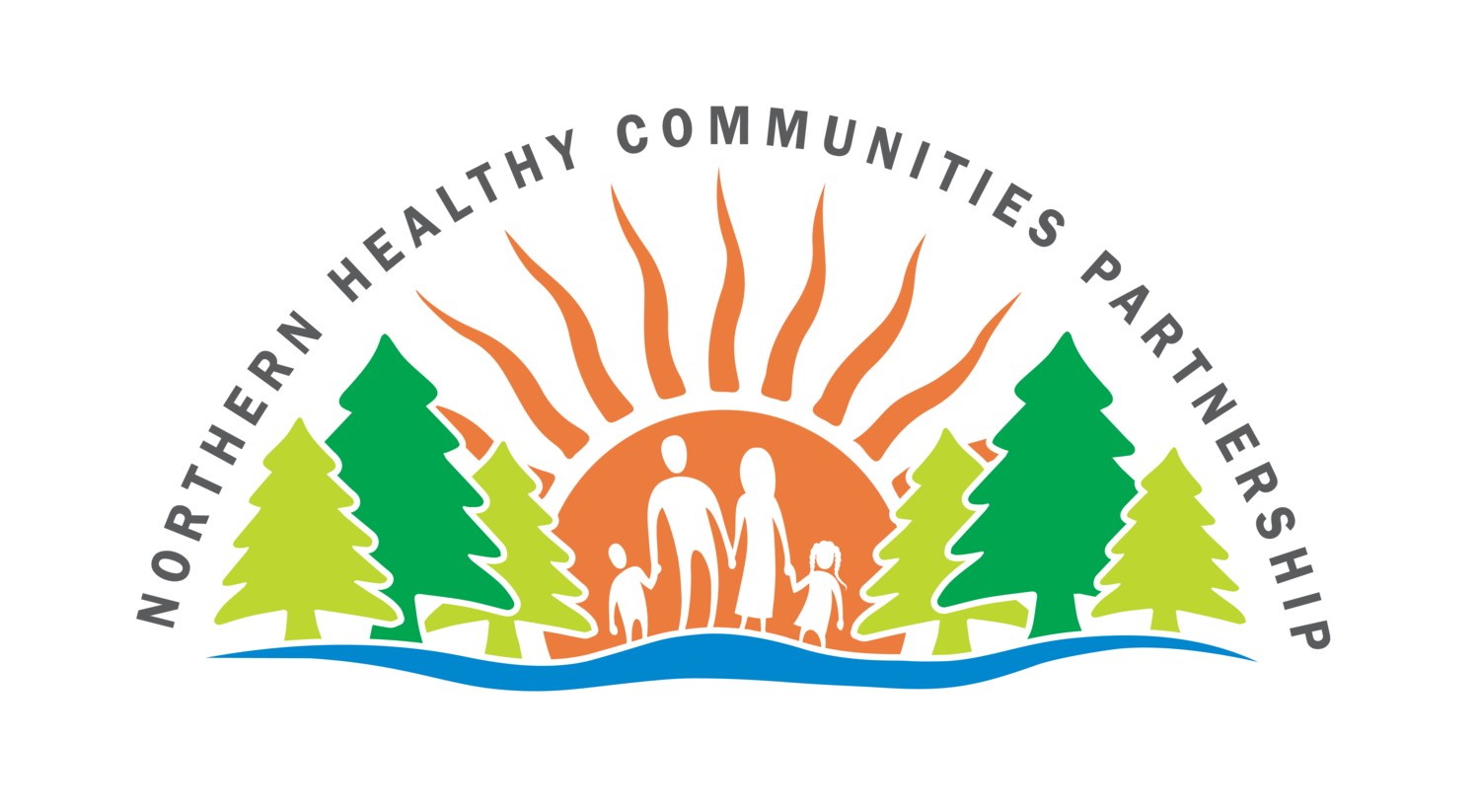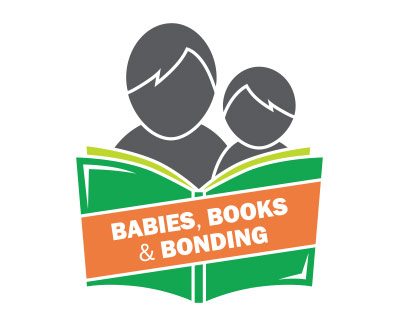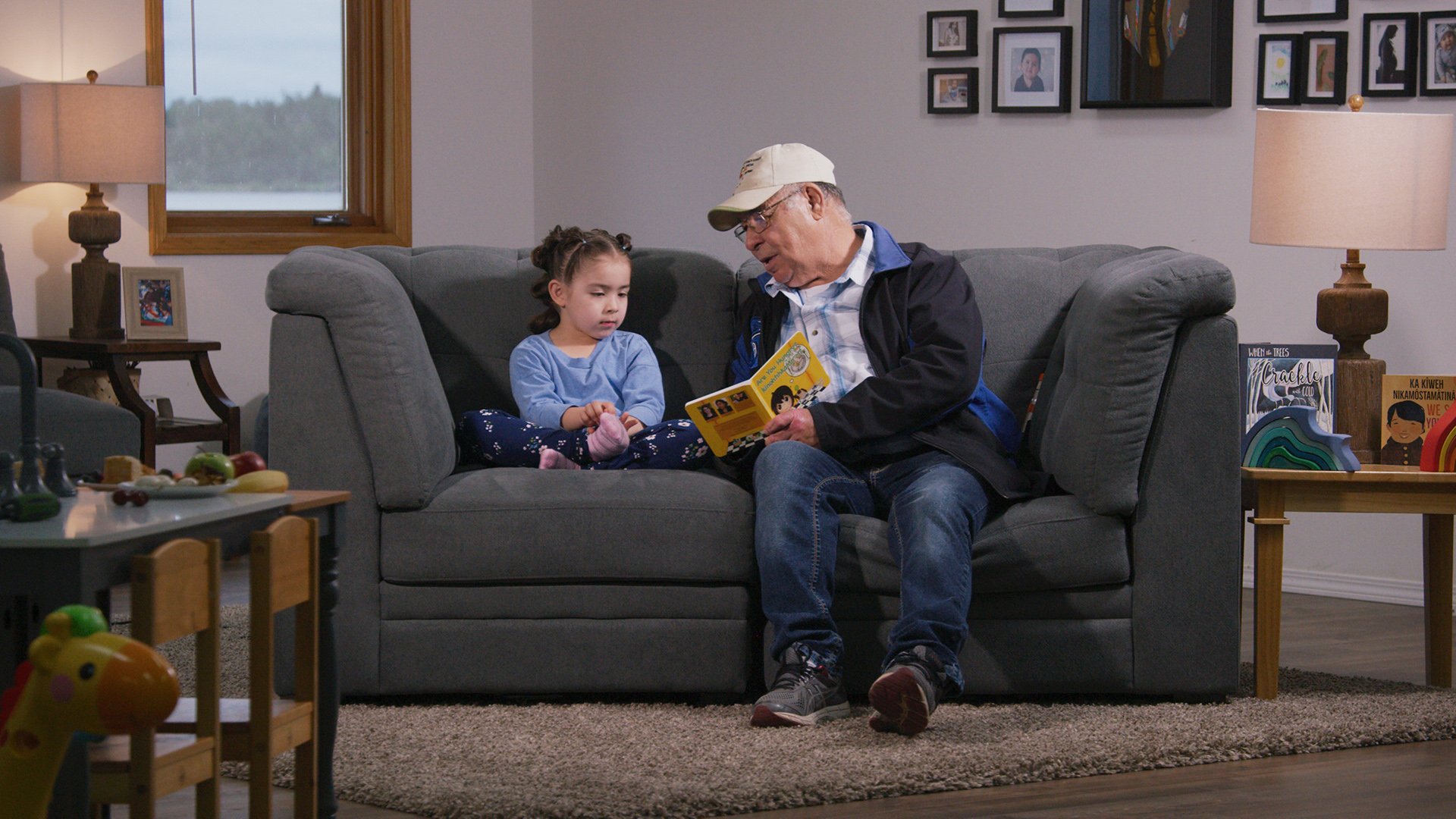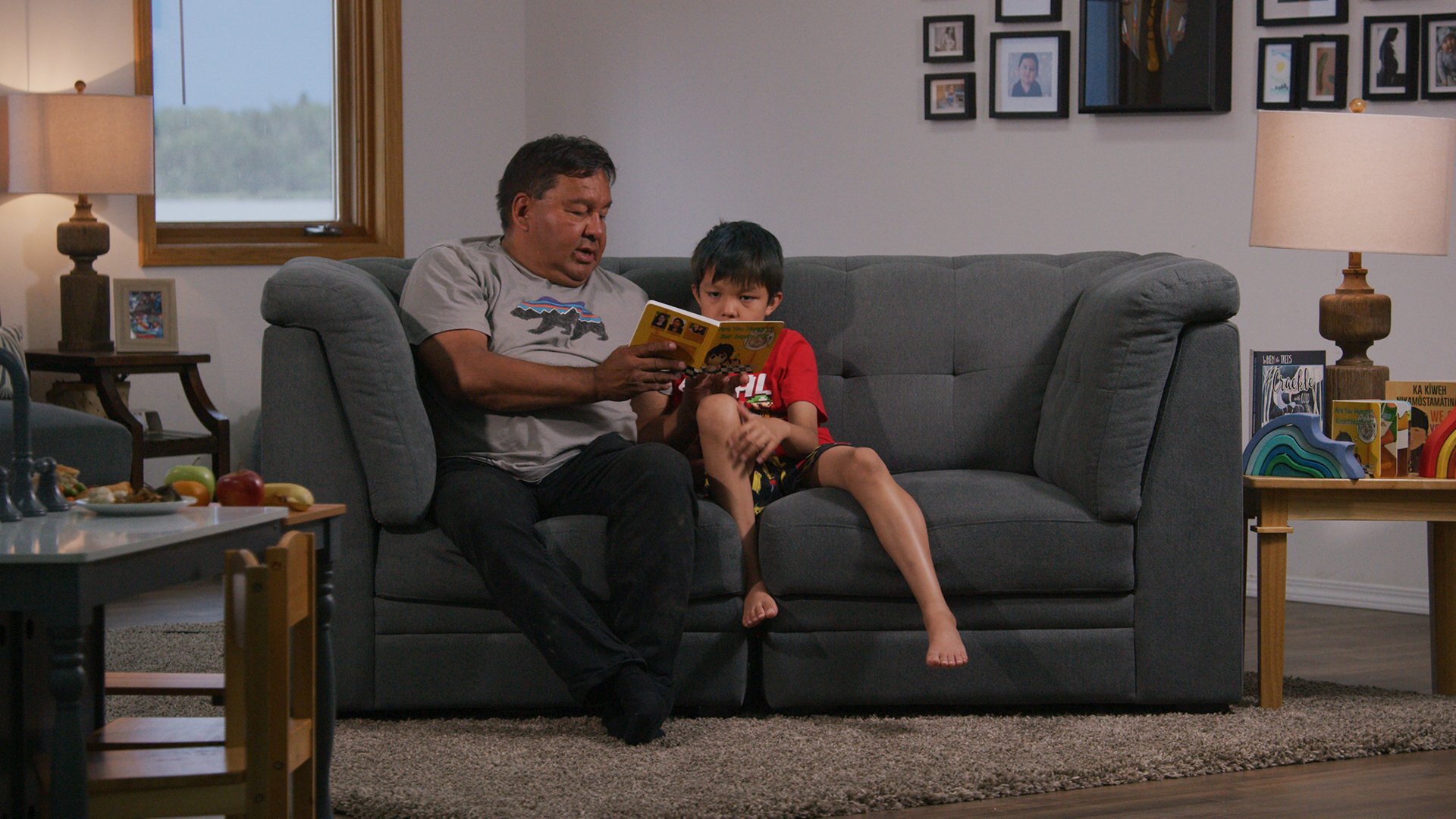
Launching success through stories
Language exposure in infants and toddlers has been linked to literacy and academic success. Literacy and early childhood education is linked to employment success and greater incomes, while also reducing health risk behaviours such as smoking, physical inactivity and poor nutrition.
Established in 2007, the Babies, Books and Bonding program is an evidence-based intervention to improve literacy skills prior to children entering school.
The Babies, Books and Bonding Action Team supports early literacy to improve lifelong physical and mental wellbeing and parent-child bonding by providing age appropriate books and resources to children and their families.
Goals
1. To provide age appropriate books to northern Saskatchewan children during their first 5 years
2. To increase access to language resources in northern Saskatchewan Indigenous languages
3. Strengthen and develop the capacity of the Babies, Books and Bonding Team
4. To increase the capacity of parents in northern Saskatchewan to build oral language skills with their pre-school children

Improving health, one children’s book at a time
Statistics show that children in northern Saskatchewan are two times more likely to experience significant difficulty in language and cognitive skills development than children in other parts of Saskatchewan. However, research demonstrates that when health care professionals discuss literacy development with parents, and provide them with the tools they need, there is a positive impact on family attitudes towards reading and language. That is why we work with nurses to distribute approximately 3000 books per year at clinic visits at newborn, 6 months, 12 months, 18 months and four years of age.
The Babies, Books & Bonding team supports access to language resources in northern Saskatchewan Indigenous languages.
In 2018, the Northern Healthy Communities Partnership published the multilingual board book “Are You Hungry?” that is available in three versions, Cree, Dene or Michif alongside English. Sponsored by Dr. James Irvine and wife Trudy Connor, it is the first Indigenous language book to be distributed through the program and has been successfully delivered at 18month well-baby clinics across northern Saskatchewan. Specifically published to meet the expressed needs of northern Saskatchewan families, the book is uniquely northern with the book author, illustrator and translators all from the region.
Language exposure among infants and toddlers is closely linked to literacy achievement. Cultural continuity, including traditional language knowledge, may be a protective factor for the health and well-being of Indigenous people, including protecting against suicide and diabetes. The publication and distribution of “Are You Hungry?” will encourage not only language exposure and literacy development, but also promote the use and preservation of northern Saskatchewan Indigenous languages and cultural traditions.
More details on this project including acknowledgements can be found in the “Are You Hungry?” news release article.
Click on the pictures below to see the videos showcasing the behind the scenes of this project, as well as the book being read in Cree, Dene & Michif alongside English. All are available on the NHCP YouTube Channel and Facebook Page.
A resource has been developed for Health Care Providers or other Professionals that may be distributing this book. Key messages include the history and importance of the project, as well as how to talk to parents about the book including explaining and demonstrating a simple building vocabulary technique.
Ongoing evaluation of the Babies, Books and Bonding program provides evidence of a positive impact of the program on literacy building behaviour in the home.
Our evaluation data shows the frequency of reading between newborn and 18 month clinic visits has increased by 23 per cent. The greatest increase is reported by families who read least often at the start of the program. For one quarter of the participating families, our team is the only source of literacy resources they have.















